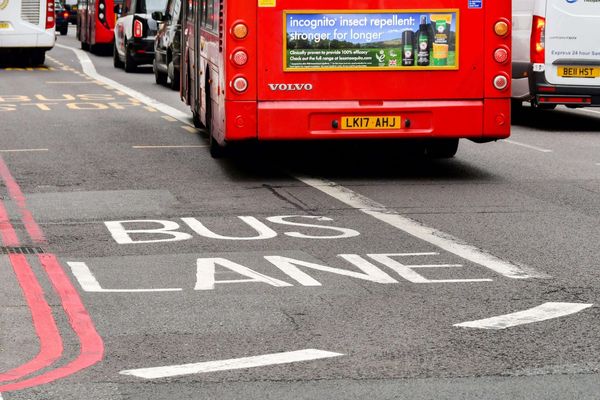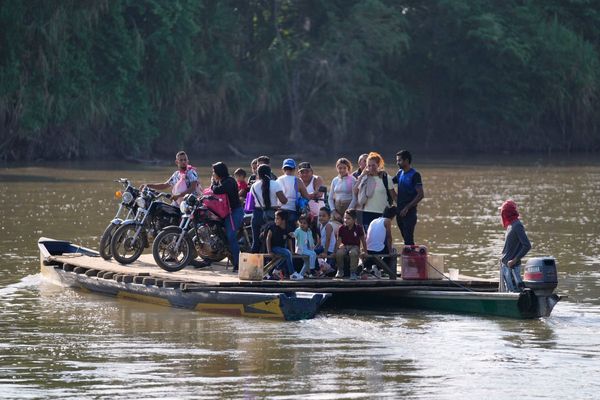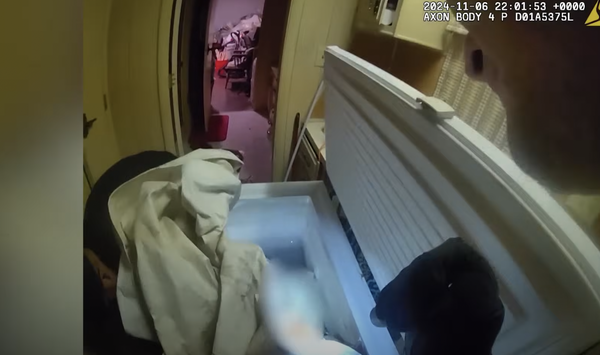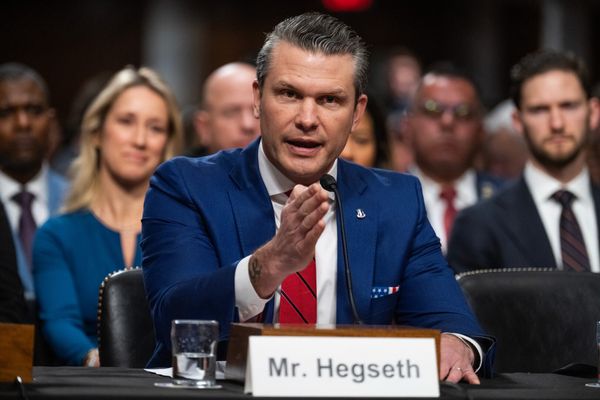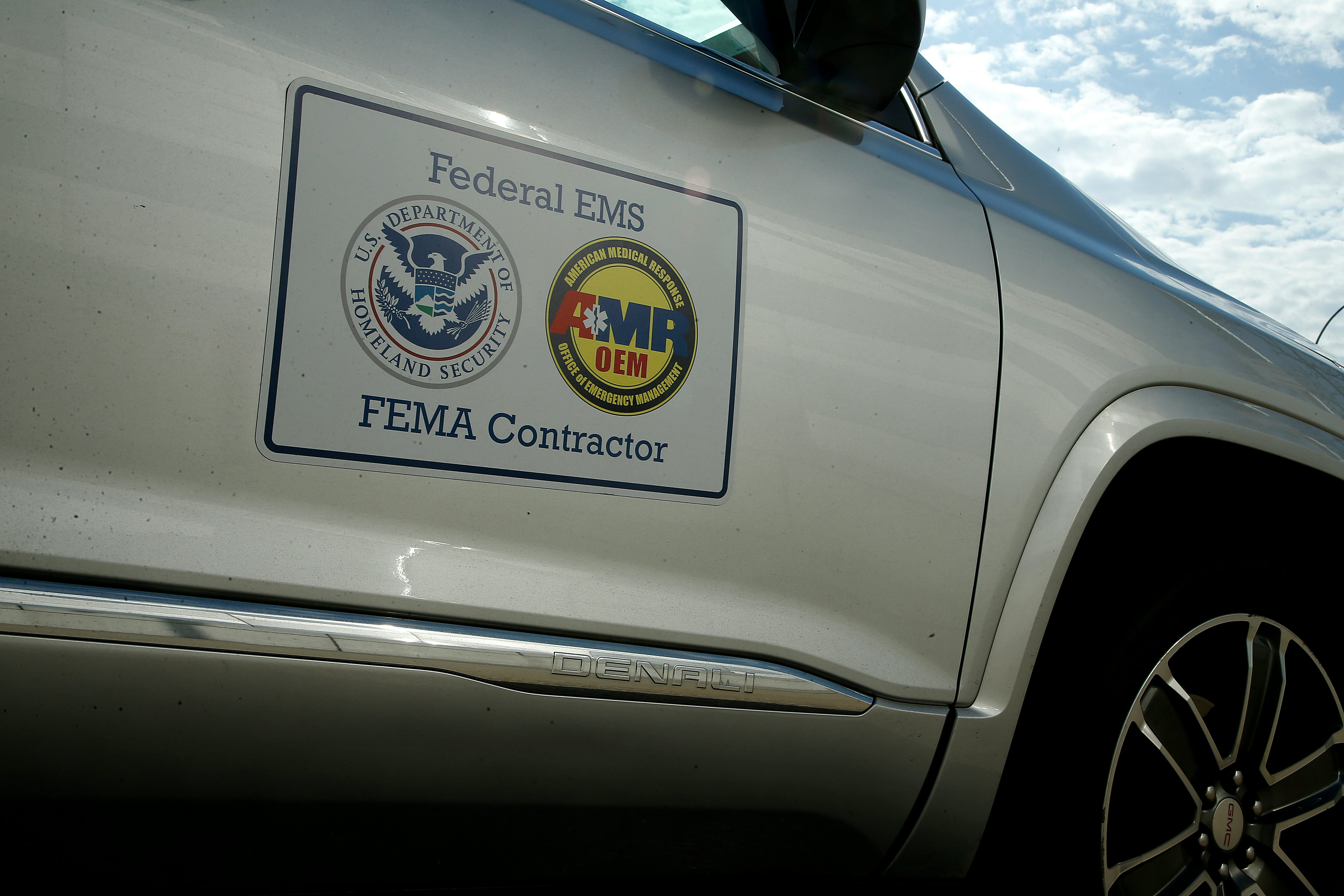
There are few government agencies experiencing a harsher spotlight these days than the Federal Emergency Management Agency, which is playing a key role in the government’s coronavirus response, ranging from distributing PPE to government employees to devising plans to re-open the economy. The decades-old agency has a checkered past, with scandals including its disastrous mismanagement of New Orleans after Hurricane Katrina to officials getting arrested for misappropriating Hurricane Maria funds in Puerto Rico. But imperfect as it may be, FEMA is the disaster response agency we’ve got. And as we muddle our way through coronavirus, here's everything you should know about the agency, from when it was created to what FEMA is actually responsible for.
When and why was FEMA created?
Jimmy Carter officially created the agency on April 1, 1979, with an executive order. However, as the agency outlines on its website, its true genesis was 176 years earlier, when Congress passed the Congressional Act of 1803. This bill, which provided rebuilding funds to a town in New Hampshire following a fire, was the nation’s first-ever disaster relief bill. Over the following century, Congress would spring into action dozens more times, enacting ad hoc laws responding to all manner of natural disasters including floods, earthquakes, and hurricanes.
In the 1930s, the federal government gave an organization called the Reconstruction Finance Corporation the authority to issue loans for reconstruction following natural disasters. Over the following decades, various other government bodies were tasked with different aspects of disaster relief: In 1934, the Bureau of Public Roads was given authority over damaged roads, while the U.S. Army Corps of Engineers was tasked with flood control in 1965. By the late ‘70s, disaster relief was handled by a piecemeal assemblage of government agencies.
Following a series of natural disasters, the National Governors Association sought to limit the number of federal bodies it needed to coordinate with to obtain relief. It asked Carter to centralize disaster management under one roof, and in response, he created FEMA. Carter's executive order in 1979 merged the following agencies into FEMA, per the agency’s website:
- the Federal Insurance Administration
- the National Fire Prevention and Control Administration
- the National Weather Service Community Preparedness Program
- the Federal Preparedness Agency of the General Services Administration
- the Federal Disaster Assistance Administration
- the Defense Department's Defense Civil Preparedness Agency
It now sits under the umbrella of the Department of Homeland Security, which was established by President George W. Bush in 2002.
What is FEMA responsible for?
If a major disaster — either natural or manmade — occurs in the United States, FEMA handles the response. This includes everything from floods, fires, and hurricanes to oil spills and terrorist attacks. The agency is in charge of rebuilding damaged homes, building temporary shelters, rescuing people in danger, providing large-scale medical assistance, and assisting with emergency mortuary services. It operates a series of smaller teams that specialize in each of these areas, known as the National Disaster Medical System (NDMS), National Medical Response Teams (NMRT), Urban Search and Rescue (USAR), Disaster Mortuary Operations Response Team (DMORT), Disaster Medical Assistance Team (DMAT), and Mobile Emergency Response Support (MERS).
All of these teams consist of different specialists with unique roles to play in a disaster. The DMAT, for example, employs doctors and paramedics to assist with victims, while the DMORT employs morticians and forensic specialists to assist with burials in the event that commercial mortuary services are overwhelmed — as is the case in New York currently, as the state battles the coronavirus outbreak. These teams are deployed as needed by FEMA in the event of a disaster.

In addition to disaster response, FEMA is also heavily involved in disaster preparation. It has teams devoted to retrofitting homes in cities across the country to help them better prepare for floods, hurricanes, and earthquakes. In the ‘90s, for example, FEMA implemented a program called Project Impact to prevent earthquake damage by retrofitting homes in the Pacific Northwest; the effort is credited with preventing significant destruction during the 2001 Nisqually earthquake in Washington State.
What is FEMA doing to help with the COVID-19 crisis?
FEMA is assisting on multiple levels around the country during the current pandemic. On March 13, the day President Trump declared a national emergency over coronavirus, the agency was officially activated; on March 18, it was designated as the “lead federal agency” handling the response, rather than, say, the Department of Health and Human Services. “FEMA now is fully engaged at the highest levels,” Trump said at a press briefing that day.
One of its most important duties has been acquiring and dispersing personal protective equipment to around the country. In late April, FEMA’s press office told ABC News that it had “designated $5.6 billion to the fight,” including delivering 33 million masks, 56 million N-95 respirators, and more than 10,000 ventilators to medical providers and first responders across the country.
Distributing this equipment involves complex logistical strategies like Project Air Bridge, FEMA’s name for its national distribution system. In an interview with ABC News, James Joseph, a FEMA coordinator for the upper Midwest, explained that within a day of receiving a desperate request for PPE, he was able to send 500,000 N-95 masks to the region. “What would traditionally take medical distributors 35-40 days by cargo ship, we’re able to expedite that in 3-4 days by chartering planes for distributors to bring that equipment here,” Joseph said.

FEMA also worked with the Army Corps of Engineers to erect 32 temporary medical facilities across the country, including the 2,148 medical beds that were constructed in a field hospital inside the Javits Center in New York and a 3,000-bed medical center in Chicago’s McCormick Place. In New York, where deaths have overwhelmed mortuaries, FEMA even sent refrigerator trucks to help serve as emergency morgues.
Individual state governors, however, have alleged that FEMA has confiscated their orders of PPE in order to redistribute the supplies elsewhere. The agency has been accused of mishandling the crisis in a series of recent reports regarding its bungled efforts to source PPE. On Tuesday, The Washington Post reported that a team of inexperienced volunteers recruited by Jared Kushner from private equity and consulting firms was tasked with acquiring the critical gear for medical workers and providing it to FEMA. The involvement of these volunteers — from companies like Boston Consulting Group, Insight, and McKinsey & Company — was exposed through a whistleblower complaint.
“Americans are facing a crisis of tragic proportions and there is an urgent need for an effective, efficient, and bold response,” reads the anonymous complaint, submitted to Congress on April 8. “From my few weeks as a volunteer, I believe we are falling short. I am writing to alert my representatives of these challenges and to ask that they do everything possible to help frontline health care workers and other Americans in need.”
The complaint claims that these volunteers were ordered to prioritize leads on where to find the gear from a so-called “VIP List” of conservative media personalities. This effort, according to the whistleblower, was unsurprisingly unsuccessful.


